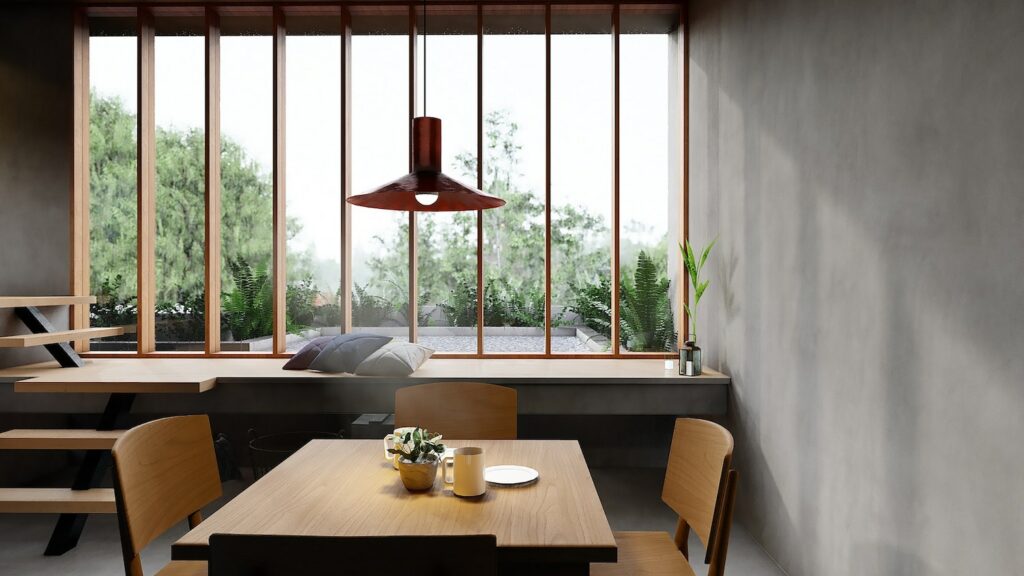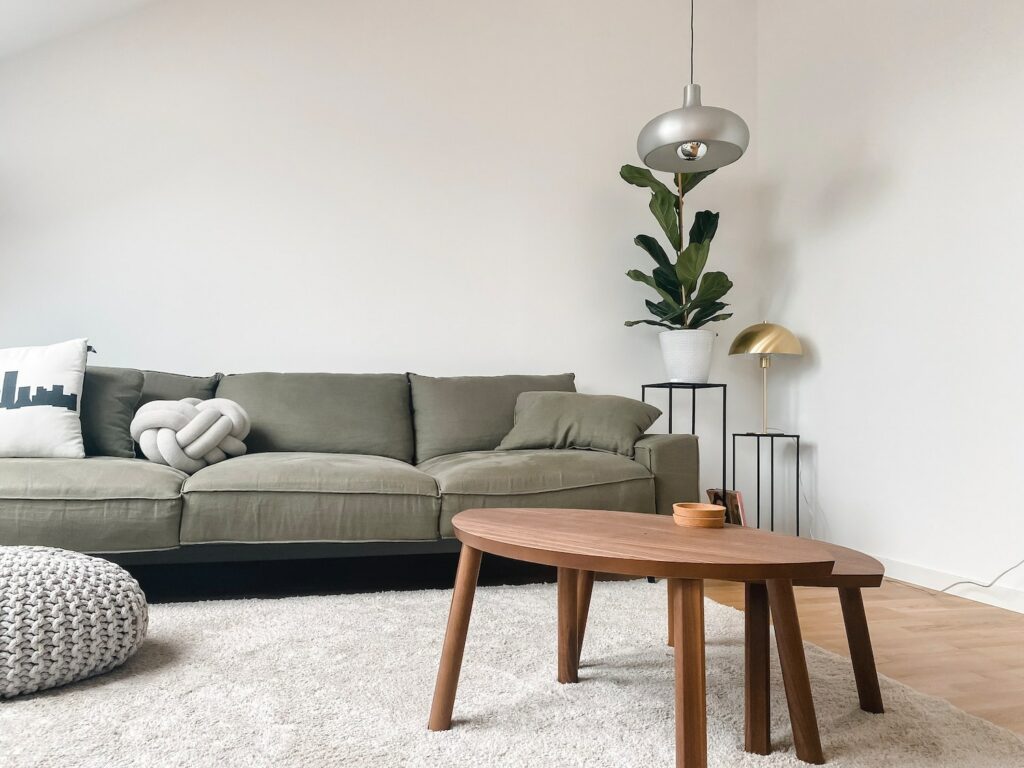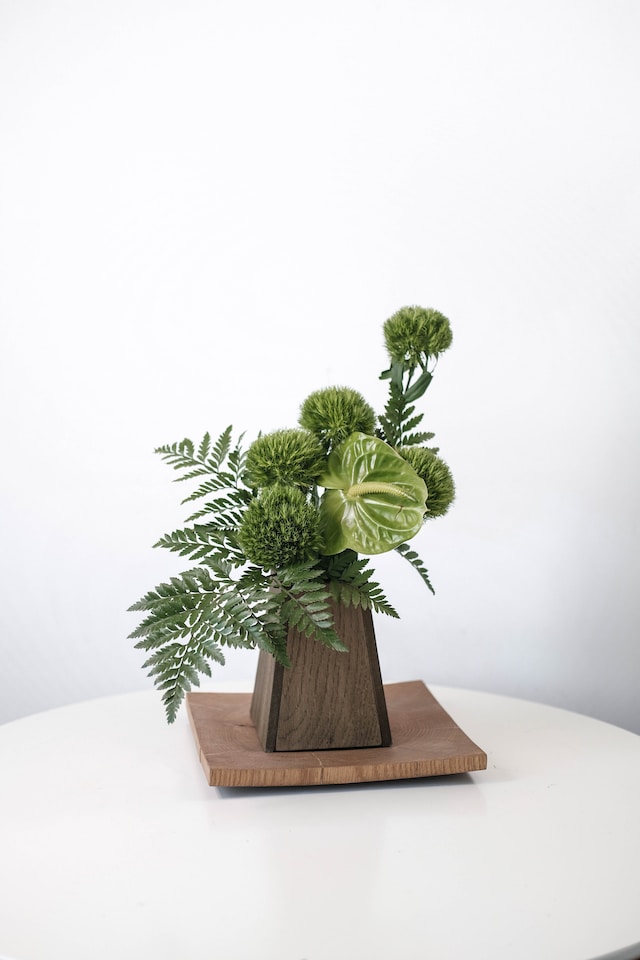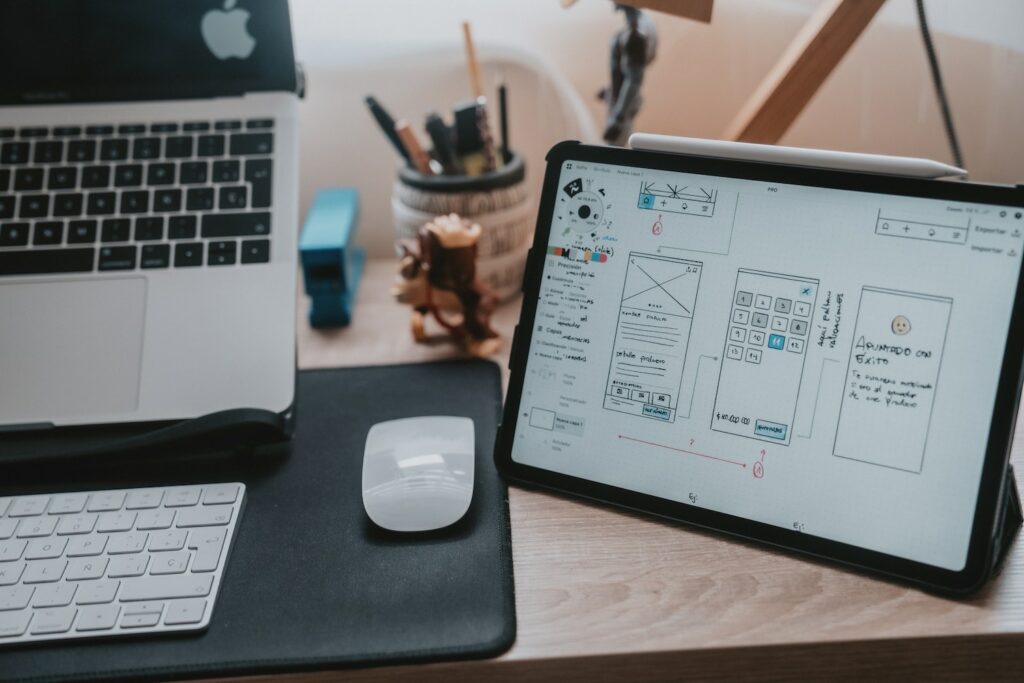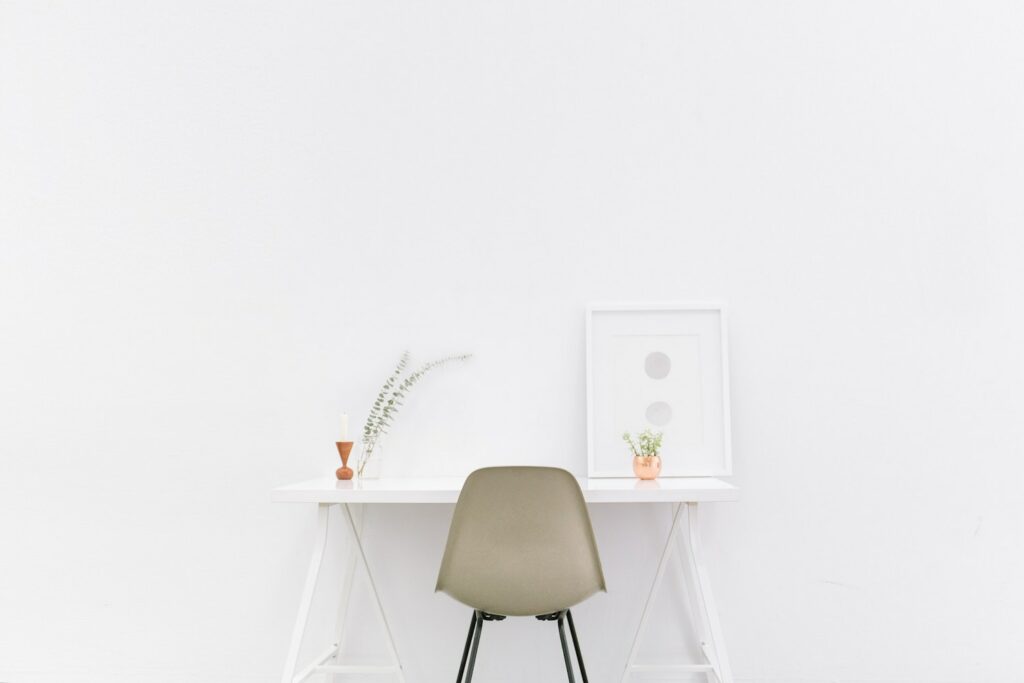
When it comes to design, culture matters. A color, symbol, or layout that works in one place may not work in another. A one-size-fits-all approach is ineffective when we talk about global design.
For instance, take the color white. It signifies purity and peace in Western countries. On the other hand, it symbolizes death and mourning in some Asian cultures. So, a single color can send mixed messages. Understanding these cultural distinctions is vital, especially in the world of design.
In this blog, we’ll explore cultural considerations in global design. You’ll learn how to adapt your designs for different cultures. This will ensure your work resonates with your audience.
Let’s start with the basics.
What is Cross-Cultural Design?
Cross-cultural design is about making products that people from various cultures can easily use and understand.
Imagine that you create a website. If it’s only suited for one culture, you limit who can benefit from it. Cross-cultural design expands that reach. It considers things like language, color, symbols, and customs.
For example, English readers scan a page from left to right. Arabic readers scan from right to left. So, you may need to adjust the layout based on the culture.
The goal is to make your design feel welcoming and intuitive for your target audience. This strategy helps increase user satisfaction and can even lead to higher sales or more engagement. It’s a way to be inclusive and effective in the global market.
Why does Cross-Cultural Design Matter?
Cross-cultural design is crucial because of the massive and diverse global audience accessing the internet today. According to a Dataportal’s report, there were 4.66 billion active internet users worldwide as of January 2021. This number keeps growing, and these users are not confined to one country or culture.
Consider smartphones, people from various cultural backgrounds hold these devices, speaking different languages, and having diverse customs.
With such an expansive reach, one design won’t fit all. Cross-cultural design helps create products that resonate with a broader, more diverse audience. This inclusion can boost the user experience, increase engagement, and drive up sales.
Cultural Relativism
Designers often create based on what’s familiar. This works well for local audiences who share the same cultural norms. However, it can be a hurdle when designing for global users. Thus, it becomes essential to recognize and set aside this design bias.
Text layouts offer a clear example. Space needs can vary by language. German or Italian words require more room as they are generally longer than English ones.
Beyond text, every design element carries cultural weight. Colors, fonts, layouts, and images mean different things in different places. Translating languages and changing currencies won’t make a design globally effective. You must adapt each element to meet diverse cultural expectations.
Cultural UI/UX
Cultural factors affect the UX/UI of a product. In the West, minimalist design is popular. It aims for easy readability and quick information processing. In the East, dense designs are common. They deliver a lot of information. What the West sees as clutter, the East might find rich and informative. What the East views as lacking, the West may see as clean and efficient.
The key is a user-first design approach. This means making design choices that serve the target user best. Extensive user research is the path to getting there. Thus, understanding the preferences and habits of different cultural groups can create a more appealing and effective UX/UI.
Top Tips for Cross-Cultural Design
We’ve established above – your design must cater to the varied tastes, traditions, and taboos across cultures to resonate with a global audience.
So, let’s look at some top tips that can guide you on this exciting yet challenging journey.
- Understand Your Audience
The first step is knowing who you’re designing for. Research the countries or cultures you aim to reach. Look into social norms, taboos, values, and customs. This information helps you avoid false steps and make informed design decisions.
Let’s consider designing a website for a financial services company. If your audience mainly resides in Japan, consider the significance of colors and numbers in Japanese culture. Blue symbolizes trust and reliability there. On the other hand, the number four, or “shi,” is considered unlucky because it sounds like the word for death. So, you may avoid using it in your design elements or pricing.
Being aware of these cultural nuances can make or break user engagement. It shows you’ve done your homework and respect the users’ traditions.
- Localization, not just Translation
Localization goes beyond converting text into another language. It’s about adapting the content and interface so that they resonate with the local audience. Consider date formats, currency, and even humor for this.
In the United States, the date format is MM/DD/YYYY, while it’s DD/MM/YYYY in the United Kingdom. Small differences like this matter.
- Color Sensitivity
Colors carry deep cultural meanings. As mentioned earlier, white is linked to purity in the West but can symbolize death in some Asian cultures.
Research the symbolism of colors in the cultures you’re targeting. Select a color scheme that aligns well with those interpretations to prevent misunderstandings.
- Directionality in Design
Directionality in design refers to the flow and layout of elements based on reading patterns. In countries where people speak English, the reading direction is from left to right. Design layouts often follow this pattern. Menus are usually on the left, and the most critical information appears in the top-left corner.
However, in Middle Eastern countries where Arabic is the primary language, people read from right to left. A design for this audience would flip the layout. Menus might appear on the right, and the most crucial information would be at the top-right.
- Icons and Symbols
Simple icons like an envelope for email or a house for home may seem universal but aren’t always understood globally. The same goes for gestures; a thumbs-up is a positive sign in some cultures but can be offensive in others.
Choose icons, images, and symbols that are culturally neutral or adapt them based on the target culture.
- Consider Local Competitors
Analyzing local competitors can provide valuable insights into what works and what doesn’t in a specific cultural market. You might find popular design elements in that culture and incorporate them into your product.
- Test and Get Feedback
Don’t rely solely on research. Conduct usability tests involving individuals from your target culture. Collect feedback using a website feedback tool like ruttl and make the necessary adjustments. Real-world testing can reveal overlooked cultural nuances.
- Keep Updating
Cultures evolve, and your design should too. Regularly update your product based on cultural trends and feedback. Also, stay informed about global events that could affect public sentiment and how your design is received.
- Legal and Ethical Considerations
Know the laws of each country you operate in. For example, Europe has strict data protection rules under the GDPR. You need a clear privacy policy if you have a website that collects user data. You also have to ask for consent before tracking user behavior. Failing to do so can result in heavy fines.
Following local laws shows you’re a responsible business. It also helps avoid legal problems and keeps customer trust high.
Bridging the Gap Between Culture and Design
Creating designs based on the complexities between culture and design is an ongoing journey. As designers, embracing cross-cultural considerations is crucial for global success. These tips offer a roadmap to create designs that respect cultural nuances and encourage global engagement.
Giving due attention to culture and design helps you make your products more accessible and more universally appealing. It’s about creating a world where design serves as a global unifying force and enriches the user experience.
With thoughtful research, localization, and continuous updating, your design can resonate across diverse cultures and set the stage for global impact.
Photo by Navneet Shanu on Pexels
The post Designing for Different Cultures: Cultural Considerations in Global Design appeared first on noupe.
